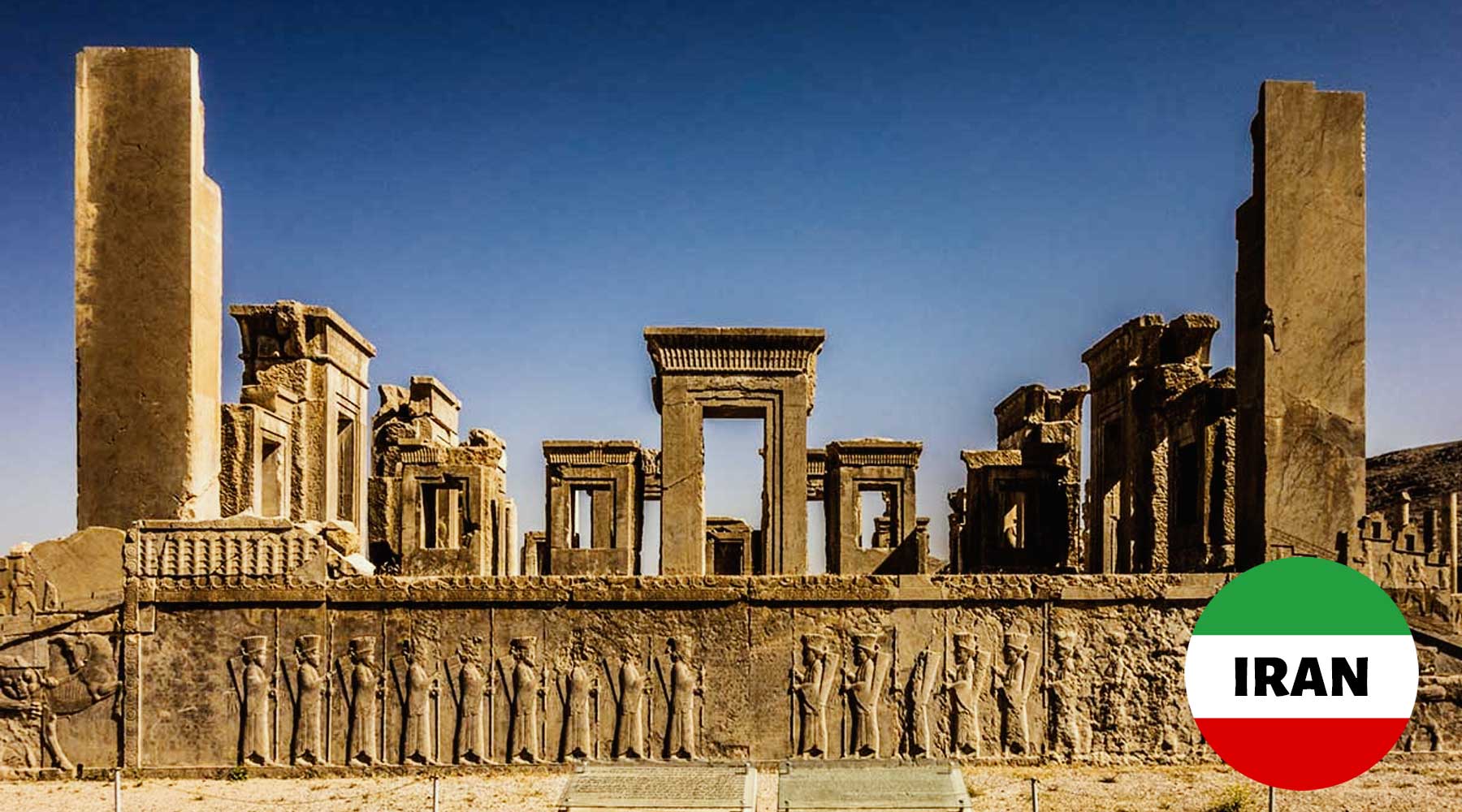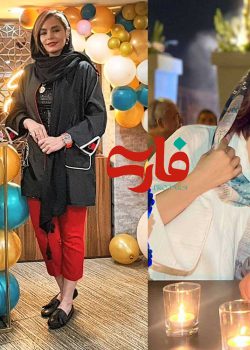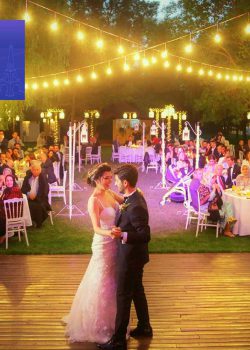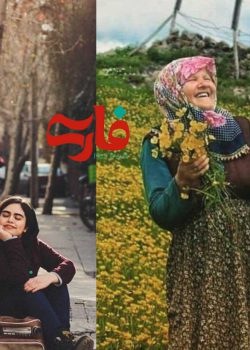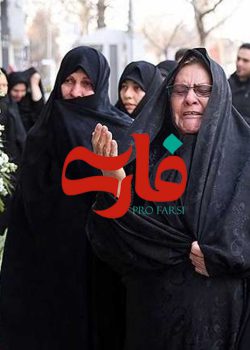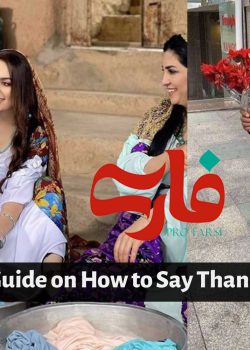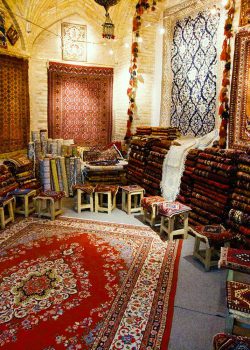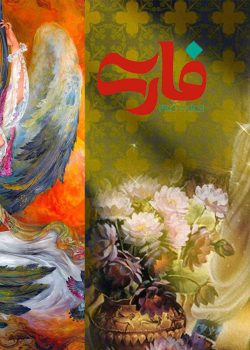Persian Architecture: Buildings from Ancient Persia and Modern Iran
Persian architecture is an enduring and diverse architectural tradition that has inspired architectural styles worldwide. From ancient Persian temples and palaces to contemporary skyscrapers, its distinctive style speaks volumes about its cultural and historical legacy. This blog post will highlight four examples of Persian architecture showcasing its diversity and beauty; whether you are interested in learning more about Persian culture, these examples will surely amaze you.
Ancient Persian Architecture
Persian architecture boasts an extensive and fascinating history dating back to ancient times. The most interesting works of architecture from ancient Persia were made during the Achaemenid Empire (550-330 BCE), one of the earliest empires to create architectural marvels of immense size.
Persepolis
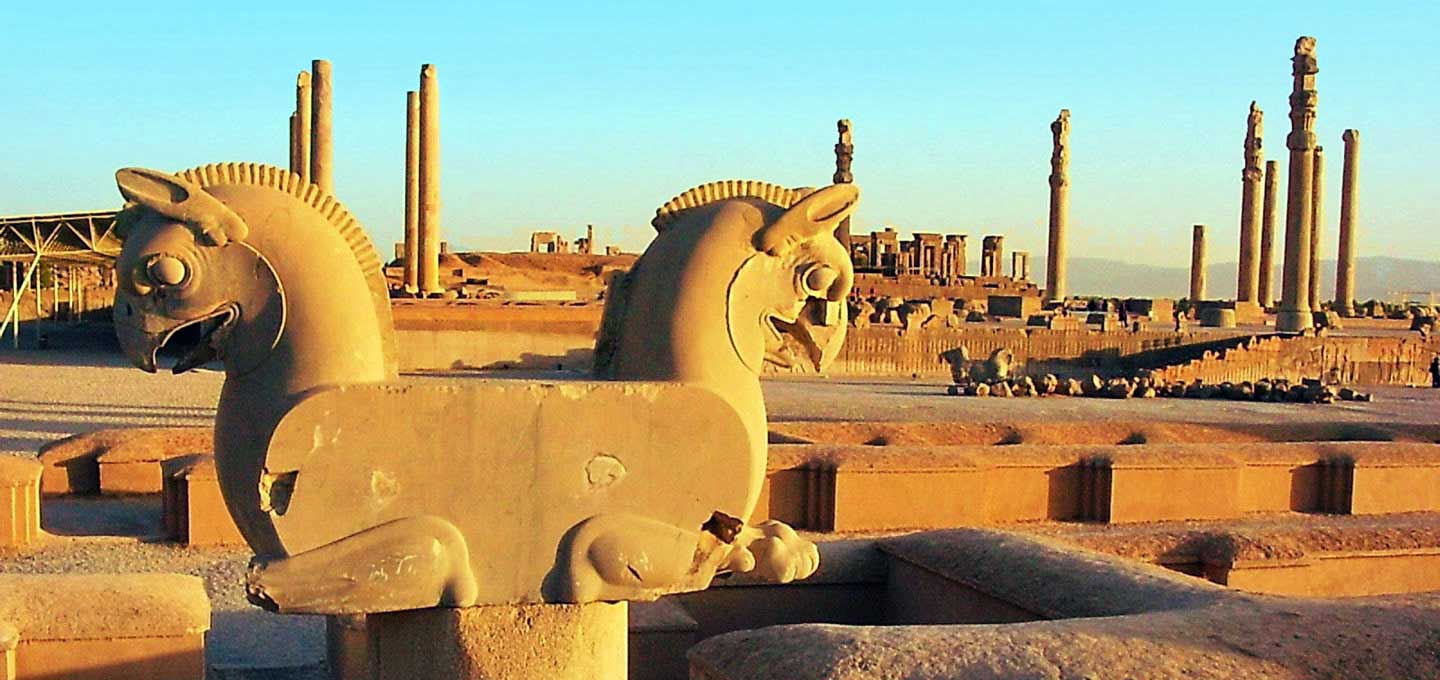
Persepolis or Takht-e Jamshid was its ceremonial capital and one of the world’s most impressive ancient architectural complexes during Darius the Great’s rule (in 518 BC) before further expansion by his successors Xerxes and Artaxerxes respectively; designed to impress visitors with its grandeur and exquisite design.
Persepolis’ most notable structures include the Apadana Palace, Throne Hall, Treasury, and Gate of All Nations. The Apadana Palace served as the centerpiece for welcoming guests and holding official ceremonies; its massive stone columns supported a roof made of cedar wood, while stunning carvings covered its massive ceiling. Finally, Persepolis featured its grand Gate of All Nations as an entrance into its city with impressive carvings and inscriptions that are still present today.
Naqsh-e Rostam
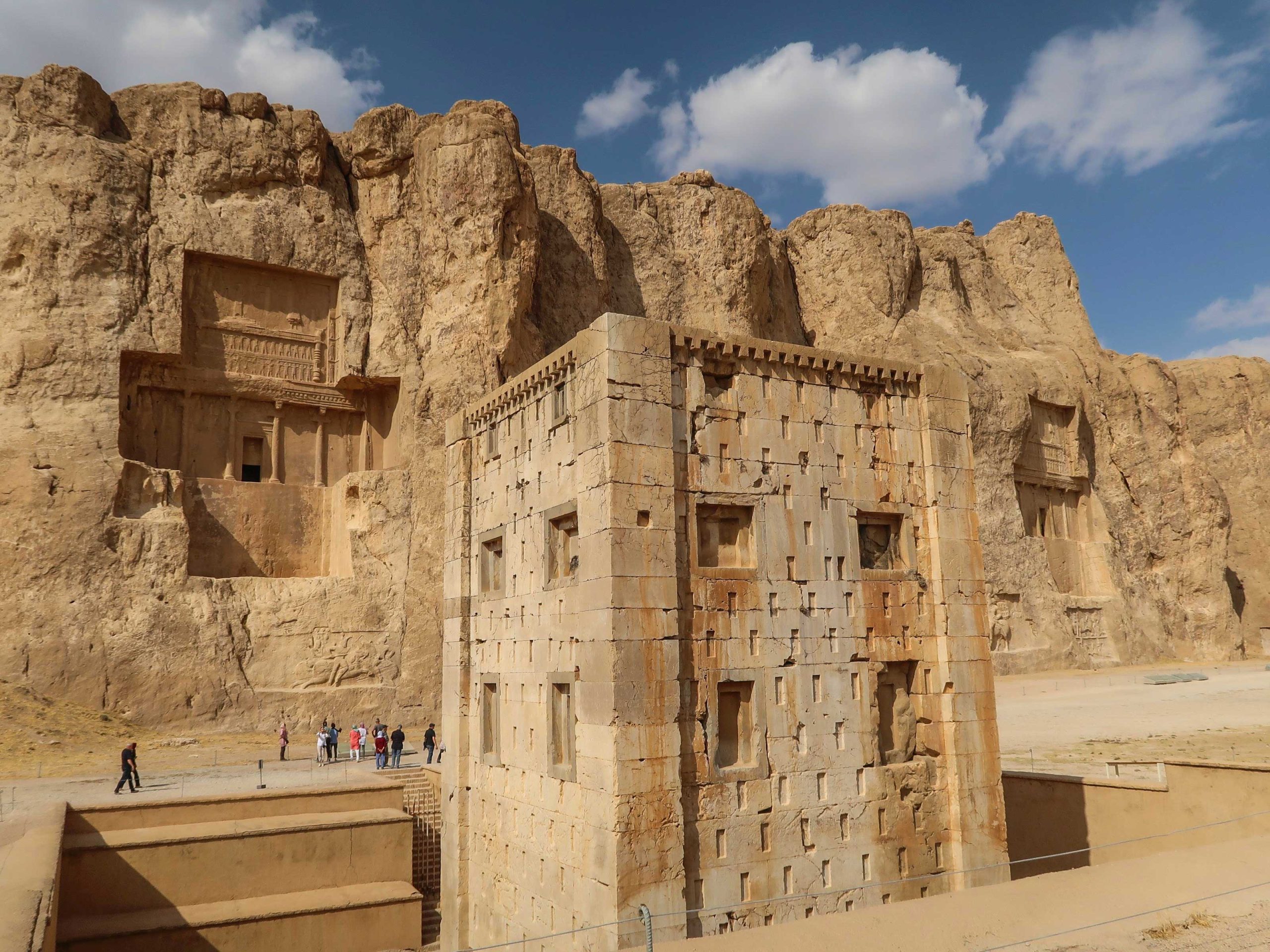
Naqsh-e Rostam, located near Persepolis, is an ancient necropolis dating back to around 1000 BC that contains tombs of multiple Achaemenid kings as well as rock carvings and inscriptions from across history. A lot of dynasties used this site throughout their existence.
Naqsh-e Rostam’s most striking features are its tombs carved into the cliffs, some of the world’s most extensive and stunning examples of rock-cut architecture. Visitors must climb a series of stairs to access these tombs – among which Darius the Great’s tomb stands out, decorated with exquisite carvings and inscriptions.
Naqsh-e Rostam features tombs as well as rock reliefs depicting battles, rituals, and royal processions – the most famous of these is the investiture relief, depicting Ardashir I being crowned and therefore founding of the Sassanid dynasty.
Islamic Persian Architecture: Buildings from Medieval Iran
Islamic architecture in Iran emerged following the Arab conquest during the 7th century AD and improved through time. Notable examples of this style in Iran include Sheikh Lotfollah Mosque and Ali Qapu Palace as landmarks of this type of architecture in Iran.
Sheikh Lotfollah Mosque
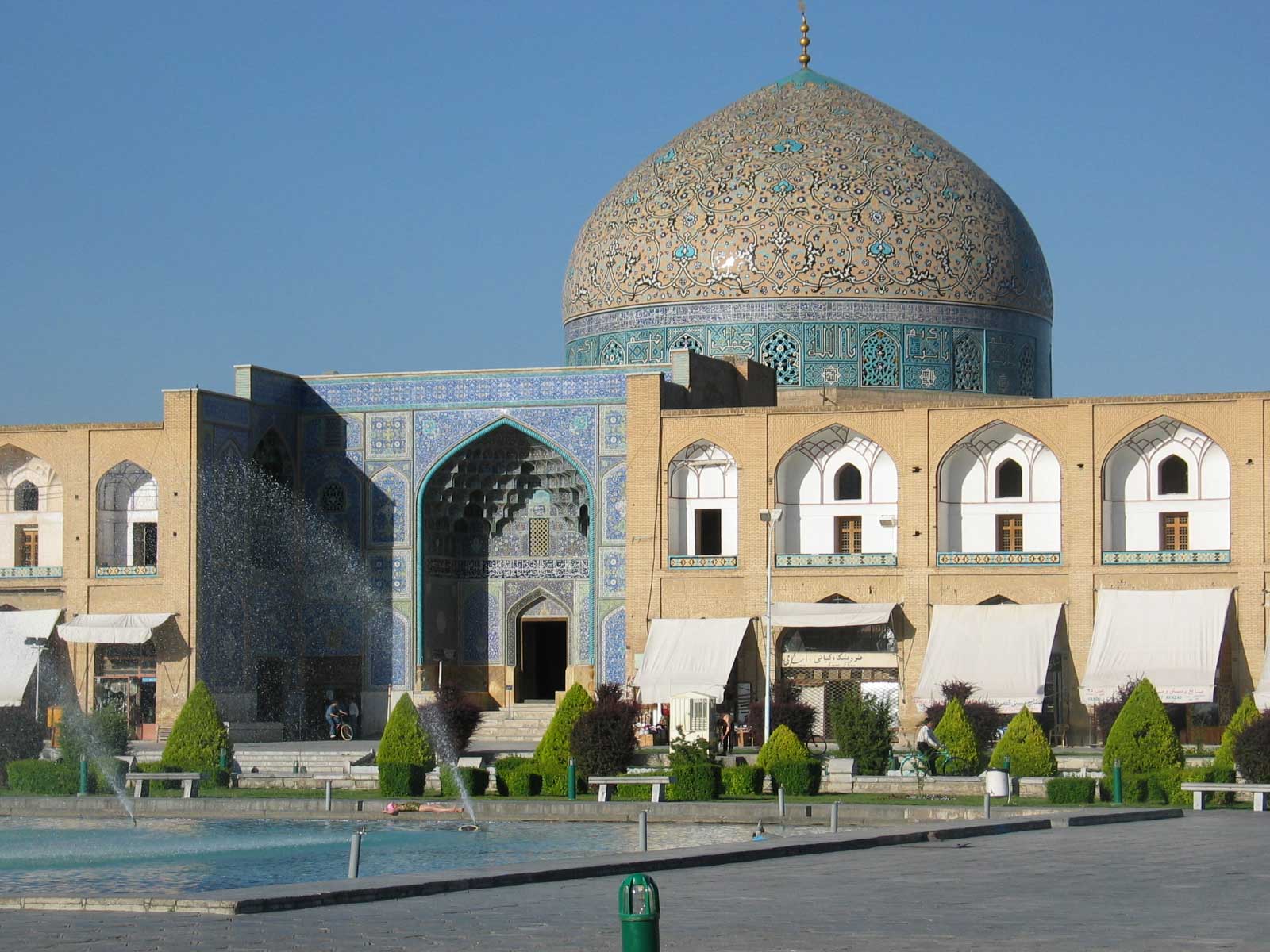
The Sheikh Lotfollah Mosque of Isfahan dates back to 17th-century Safavid times when it was designed as a private mosque for royal court members rather than for the public’s worship, so there is no traditional courtyard or minaret here; its entrance leads into a small corridor before opening up onto its breathtaking dome-shaped prayer hall with intricate geometric patterns and calligraphy on its dome, illuminated by natural sunlight through small circular windows – creating an unforgettable visual impact.
Ali Qapu Palace
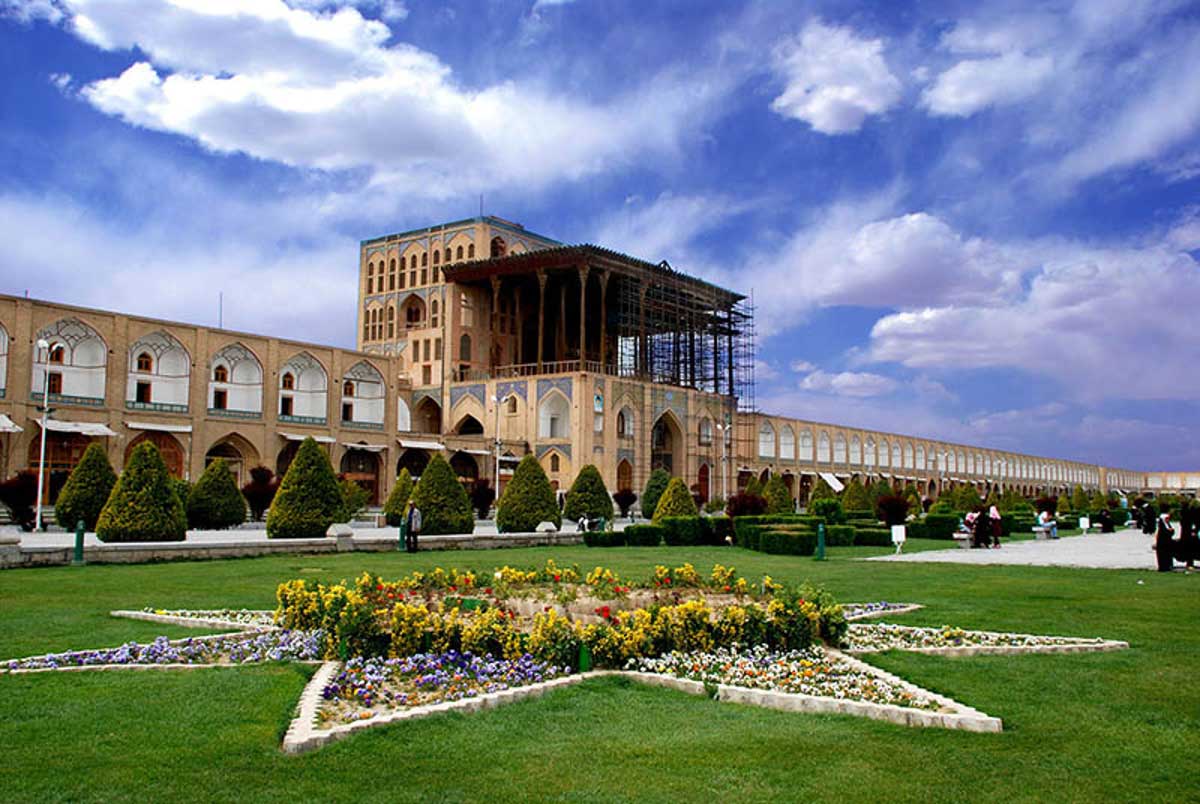
Ali Qapu Palace in Isfahan was constructed during Shah Abbas’s rule in the early 17th century as both a residential and administrative center for Safavid royalty and a place to entertain foreign dignitaries and guests. Boasting six floors and standing 48 meters tall, its most striking feature is its magnificent music hall adorned with intricate geometric and floral designs as well as depictions of animals and mythical creatures. The Ali Qapu is also famous for its innovative acoustical design, which ensures fantastic acoustic effects!
The Imam Mosque of Isfahan
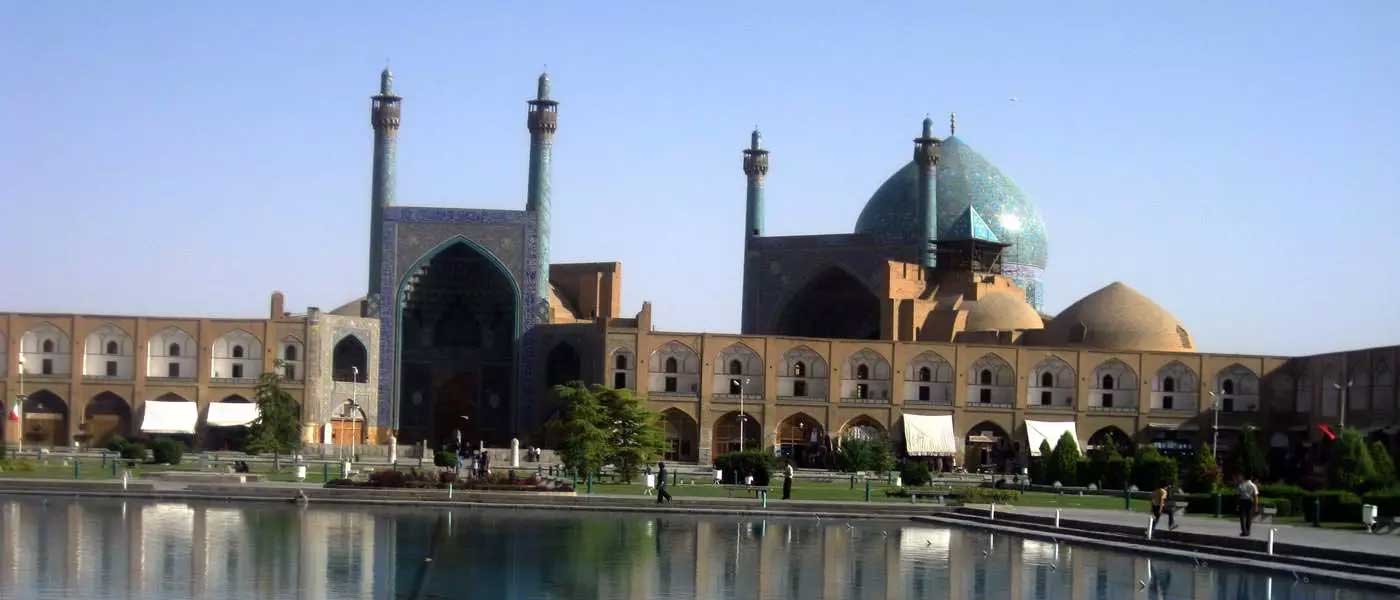
Imam Mosque, also known as Shah Mosque, is an outstanding example of Islamic architecture in Isfahan. Constructed during Safavid rule during the 17th century, this mosque has become one of the most beloved mosques in Iran.
The mosque’s exterior features exquisite tilework, calligraphy, and geometric patterns. It features a grand iwan, a vaulted hall, and a large domed ceiling. Inside is just as breathtaking, with intricate tilework, muqarnas (stalactite-like decorations), and an exquisite mihrab (prayer niche) showcasing Persian artisans’ craftsmanship.
The Jameh Mosque of Yazd
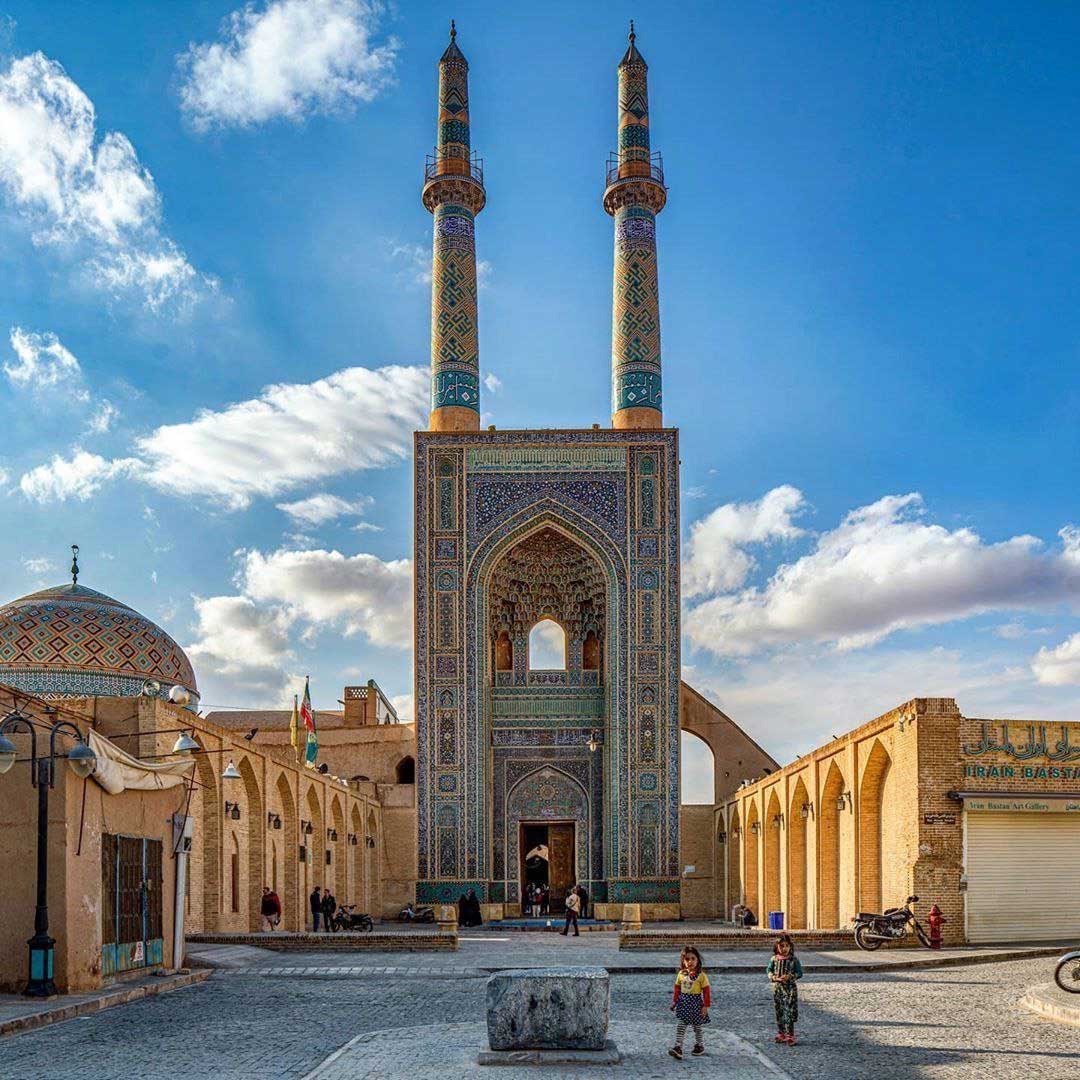
The Jameh Mosque in Yazd, sometimes called the Friday Mosque, is a historic mosque in Yazd. It’s an ideal representative of Persian architecture in its Islamic phase.
The mosque features a combination of brickwork, tilework, and stucco decorations. Its central courtyard is encircled by arcades with tall brick pillars displaying exquisite tilework on their walls. Its mihrab boasts intricate tilework adorned with calligraphy by Iranian artisans, which conveys the artisans’ incredible skill.
Golestan Palace
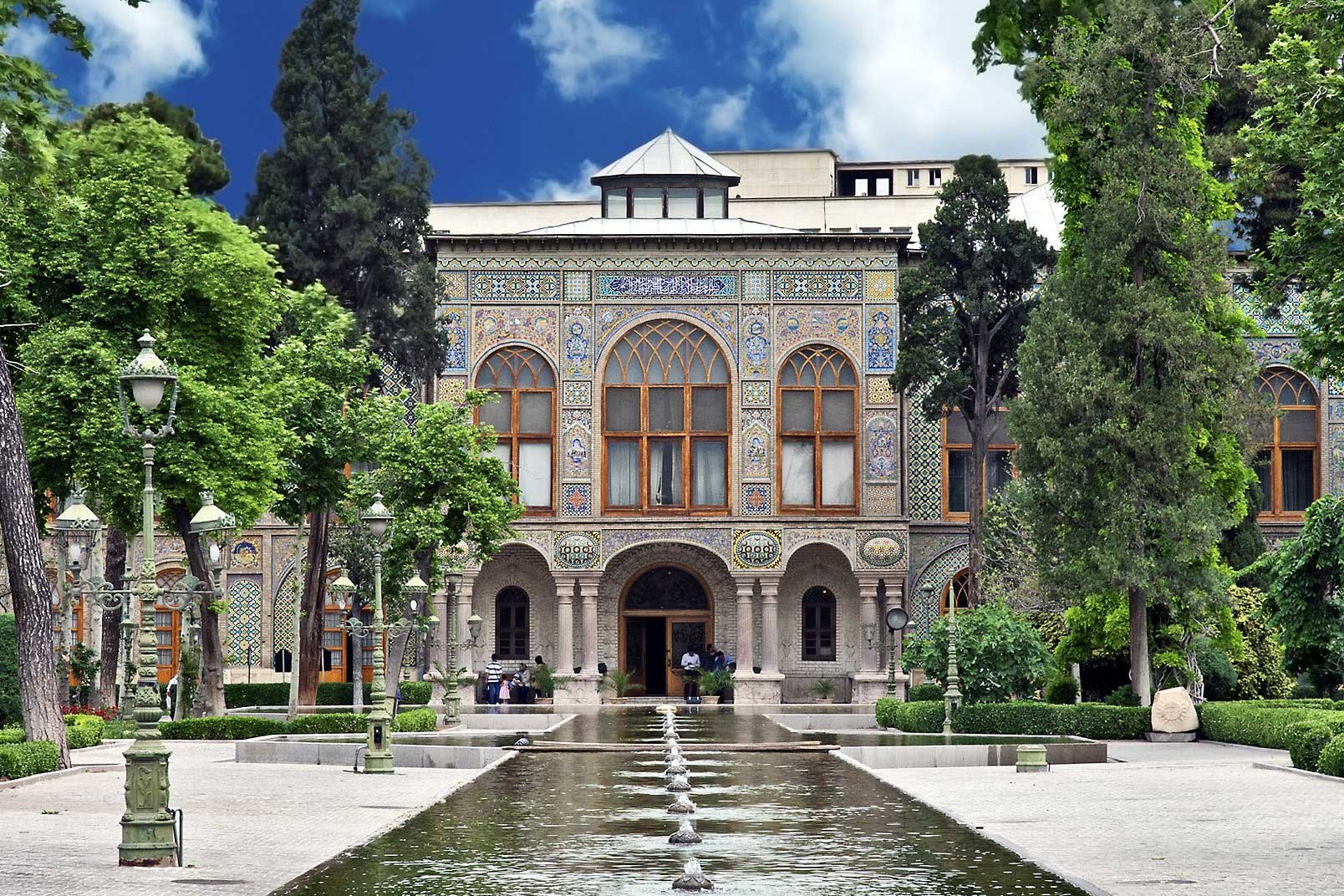
Golestan Palace in Tehran is an iconic palace complex and UNESCO World Heritage Site that showcases Islamic architecture with Persian, European, and Russian influences.
The palace complex comprises various buildings, halls, and gardens featuring unique architectural features. For instance, its Mirror Hall boasts intricate mirror work adorning its walls and ceiling, while Marble Throne Hall showcases exquisite marble carvings and tilework. Furthermore, there are beautiful gardens with fountains, reflecting pools, and decorative tilework, adding further beauty and magnificence to its architectural splendor.
These examples are widely considered prime examples of Islamic architecture. They are also popular attractions among visitors from all over the globe. Islamic architecture in Iran is renowned for its intricate details, geometric patterns, and exquisite tilework. These examples illustrate Persian artisans’ rich heritage and artistic skills in creating stunning architectural masterpieces during the Islamic period of Iran’s history.
Modern Persian Architecture: Buildings from Contemporary Iran
Persian architecture has continued transforming in modern times, merging traditional elements with more contemporary influences. Here are two examples of modern Persian architecture:
Azadi Tower

Azadi Tower (meaning Freedom Tower) is one of Tehran’s iconic architectural symbols. Designed by Hossein Amanat and built to commemorate the 2,500th anniversary of the Persian Empire.
The tower stands 45 meters high and is constructed of white marble. It boasts a unique design featuring 8,000 blocks of stone, each weighing 27 tons, decorated with intricate patterns and calligraphy, and illuminated at night by different hued lights.
Azadi Tower has become an icon of modern Iran and an attractive tourist attraction.
Milad Tower
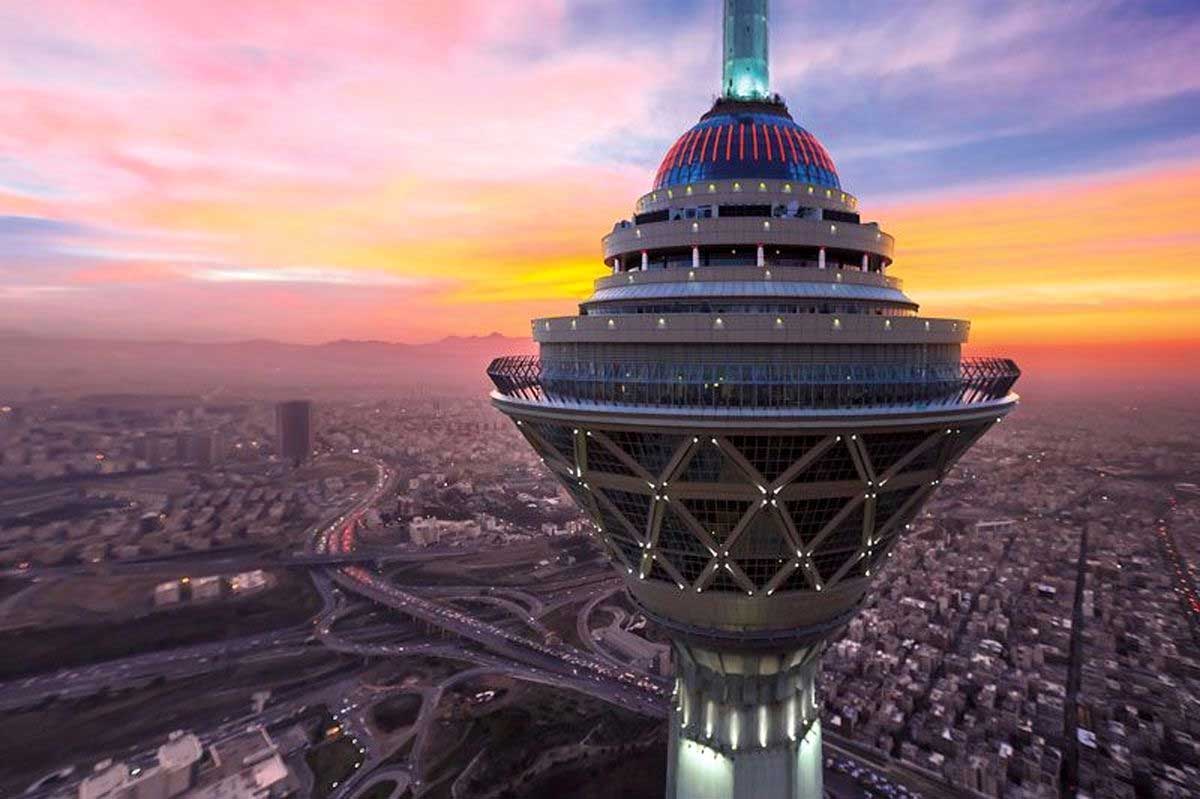
Milad Tower is Tehran’s tallest tower and the world’s sixth-tallest communications tower. It was designed by Mohammad Reza Hafezi and completed in 2007. It is perhaps the most recognizable symbol of contemporary Iran.
Milad Tower stands 435 meters tall and has 12 floors, boasting an innovative diamond-shaped facade with an observation deck at its summit that offers panoramic views of Tehran and its surrounding mountains. The tower features a shopping center, hotel, and several restaurants – making it a popular destination among tourists and locals.
Tehran Museum of Contemporary Art
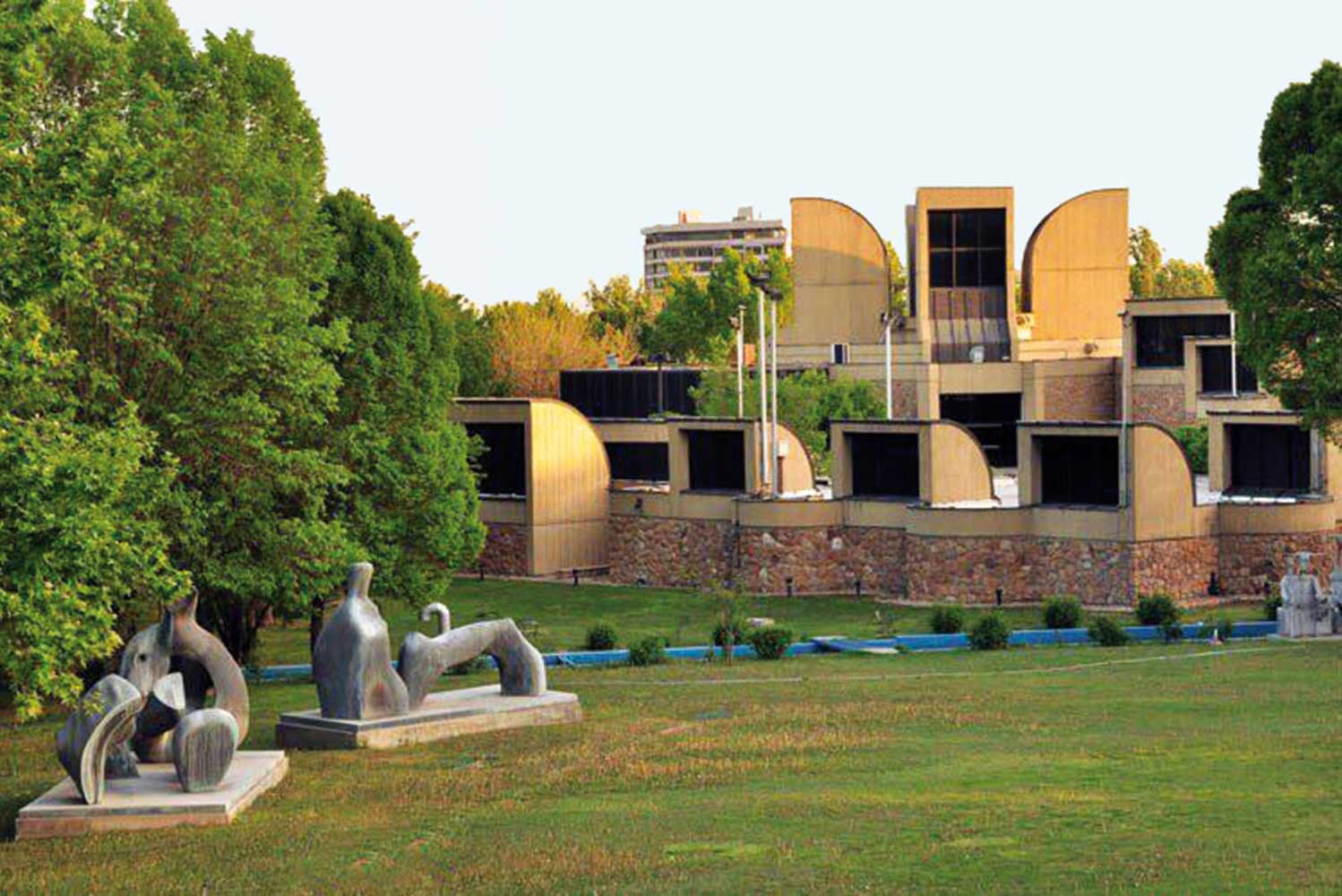
The Tehran Museum of Contemporary Art (TMoCA), designed by Iranian architect Kamran Diba and established in 1977, features works by notable artists like Van Gogh, Picasso, and Warhol, among many others. Its architecture also boasts modernist flair with white facades and large windows that let natural light fill its galleries.
Tabiat Bridge

Tabiat Bridge in Tehran, Iran, was designed by Iranian architect Leila Araghian and opened for pedestrian use in 2014. Since its opening, the bridge has quickly become an iconic feature of the Tehran cityscape spanning a busy highway between two parks while providing a safe passageway for pedestrians to cross. With three levels that feature restaurants and cafes, Tabiat Bridge has quickly become one of Tehran’s signature landmarks!
Tehran Book Garden
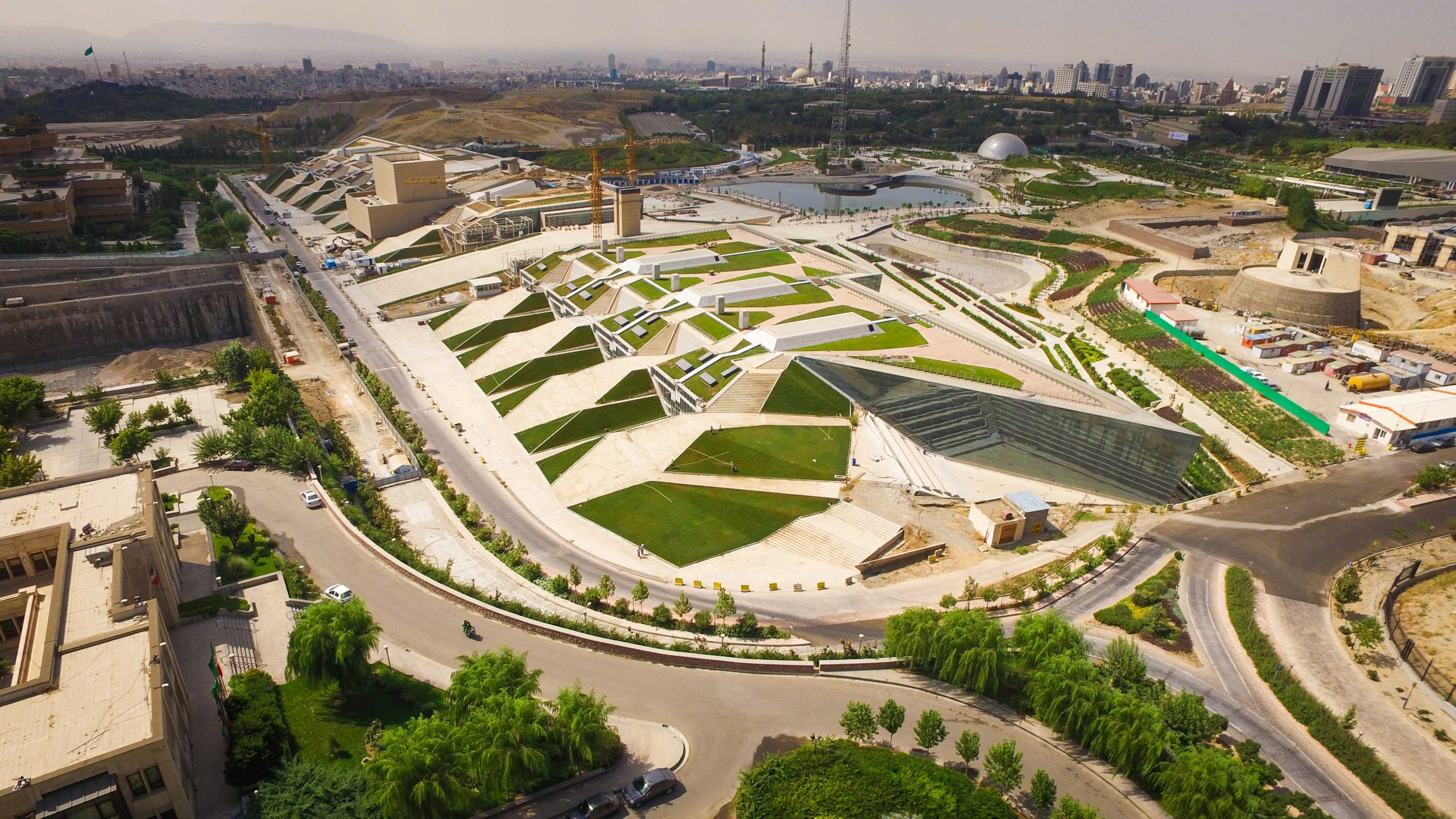
Tehran Book Garden is a cultural center and library in Tehran, Iran, designed by Iranian architect Ashkan Sadeghi and opened in 2017. The design takes its inspiration from the shape of an open book, realized as concrete structures resembling book pages. The bookstores, libraries, theaters, and cafes you find inside make this a popular cultural destination among book lovers.
These five are only some examples of Iran’s modern Persian architecture. Each of them is unique in its own way and a token of contemporary Iran as a modern country.
Recap
Persian architecture is an eclectic combination of ancient and modern designs, reflecting Iran’s rich cultural history. From Persepolis ruins to Tehran towers showcasing innovative styles, Persian architecture serves practical purposes while telling a narrative about Iran’s past and present – it stands as a testament to the creativity and innovation of its people, making it a must-see destination for architecture enthusiasts and culture buffs.
Related Posts

